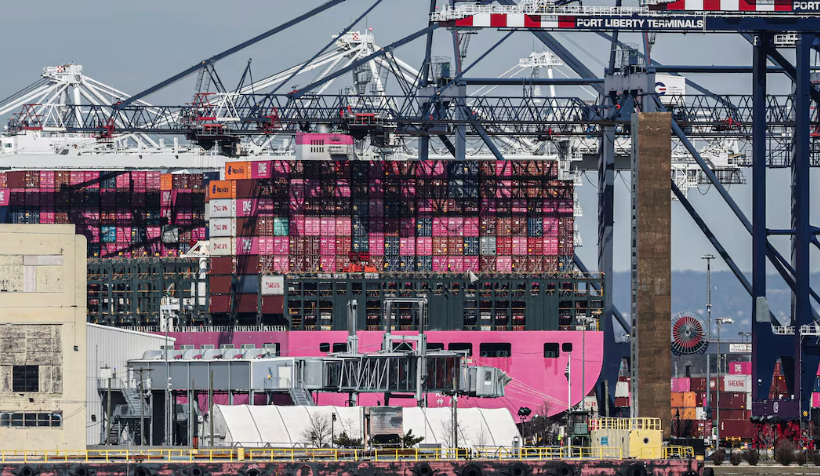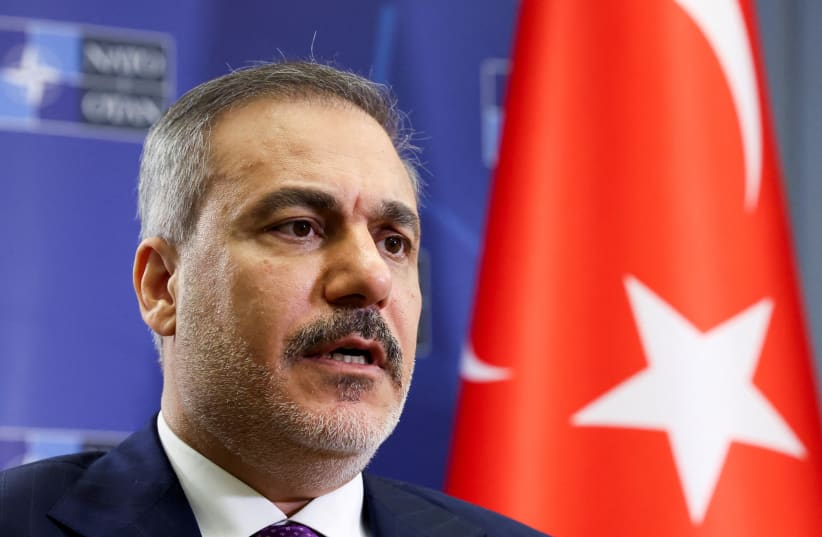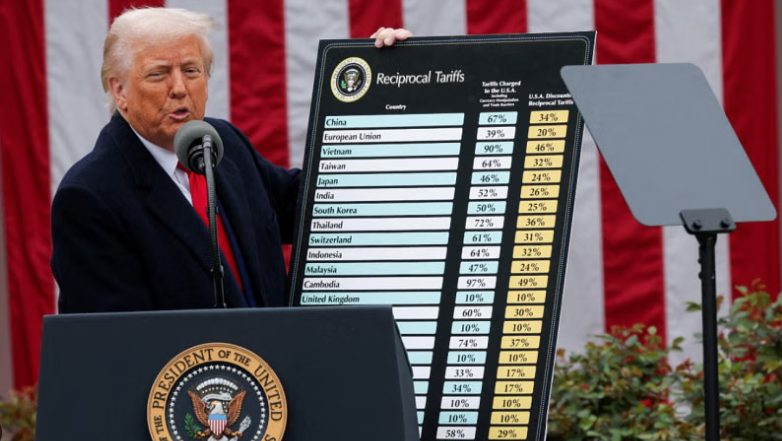WORLD NEWS

The United States began collecting a 10% tariff on imports from many countries starting on Saturday, marking the beginning of President Donald Trump's sweeping trade policy overhaul. The move, which eliminates long-standing agreements on mutually-set tariff rates, signals a bold rejection of the post-World War Two trade system.
The tariffs were implemented at U.S. seaports, airports, and customs warehouses at 12:01 a.m. ET on Saturday, with a higher rate of 11% to 50% tariffs set to kick in next week. These will target goods from 57 of the U.S.’s larger trading partners. U.S. Customs and Border Protection has informed shippers that there will be no grace period for goods on the water as of midnight, with a 51-day exception for cargo already in transit that arrives by May 27.
The immediate 10% tariff applies to imports from countries like Australia, Britain, Colombia, Argentina, Egypt, and Saudi Arabia, among others. Trump's move is a pivotal moment in global trade policy, with trade lawyer Kelly Ann Shaw calling it the "single biggest trade action of our lifetime" during a Brookings Institution event.
While the markets experienced immediate turmoil, with a massive $5 trillion wiped off S&P 500 companies, the tariffs are expected to evolve as countries begin negotiations for lower rates. Prices for oil and commodities plummeted, and investors sought refuge in government bonds.
On Wednesday, Trump’s higher "reciprocal" tariffs are set to come into play: 20% on EU imports and 34% on Chinese goods, raising the total new tariffs on China to 54%. Notably, Vietnam, a beneficiary of U.S. supply chain shifts away from China, will face a 46% tariff. Canada and Mexico are excluded from the new tariffs, though they remain subject to a 25% tariff on specific goods due to the fentanyl crisis.
However, the tariffs are not all-encompassing. More than 1,000 product categories, including crude oil, pharmaceuticals, semiconductors, and lumber, are exempted from these new levies, worth approximately $645 billion in 2024 imports. Despite these exemptions, Trump’s administration continues to investigate additional national security tariffs on some of these sectors.
This monumental shift in U.S. trade policy will likely have long-lasting impacts on global trade, with countries scrambling to negotiate new deals to mitigate the economic fallout.




